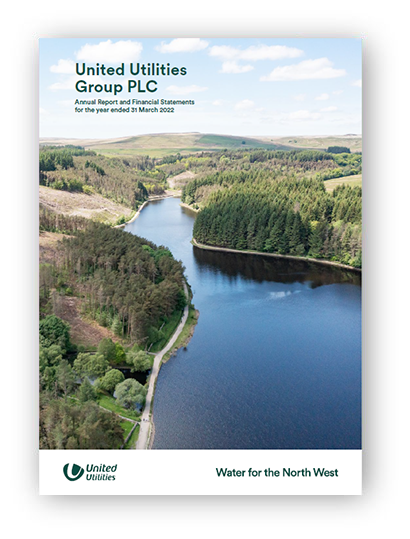We use cookies to analyse site traffic and improve your experience on our website. To read more see our cookie policy.

We continuously challenge ourselves to make sure we understand what matters most regarding our role in society,
the impact that we have and the value we create.
1.
Define
We reviewed current best practice in materiality reporting. The assessment criteria for stakeholder interest and our ability to create value was confirmed. Building on our existing matrix we brought in more stakeholder views and evolved the matrix design. We committed to provide more detailed commentary on the most material issues.
2.
Engage
Views were obtained from across all our stakeholder groups. Insight from consultations and data was made available through the engagement processes described on pages 30 to 33. Key internal subject matter experts and stakeholder relationship managers provided further insight on issues.
3.
Assess
Comments and data were drawn together to form an initial view of the issues. The rationale for issue selection and its significance was presented to senior management for discussion. This included potential new issues, removal of issues and movement of existing issues.
4.
Align
We cross-referenced and aligned identified issues with our principal risks and uncertainties, as set out on pages 104 to 105 of the Annual Report. Matrix visuals were then created to easily communicate the prioritisation of issues. For the first time an indication of how issues have moved since the previous review has been included.
1.
Define
We reviewed current best practice in materiality reporting. The assessment criteria for stakeholder interest and our ability to create value was confirmed. Building on our existing matrix we brought in more stakeholder views and evolved the matrix design. We committed to provide more detailed commentary on the most material issues.
2.
Engage
Views were obtained from across all our stakeholder groups. Insight from consultations and data was made available through the engagement processes described on pages 30 to 33. Key internal subject matter experts and stakeholder relationship managers provided further insight on issues.
3.
Assess
Comments and data were drawn together to form an initial view of the issues. The rationale for issue selection and its significance was presented to senior management for discussion. This included potential new issues, removal of issues and movement of existing issues.
4.
Align
We cross-referenced and aligned identified issues with our principal risks and uncertainties, as set out on pages 104 to 105 of the Annual Report. Matrix visuals were then created to easily communicate the prioritisation of issues. For the first time an indication of how issues have moved since the previous review has been included.

